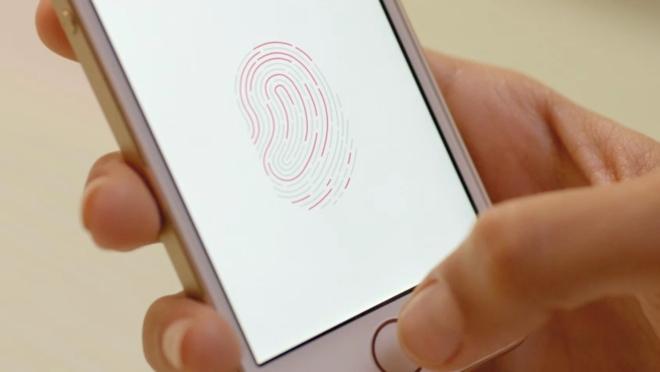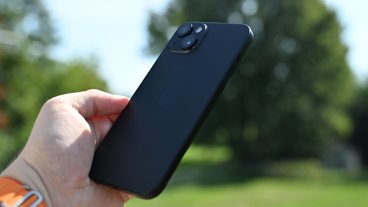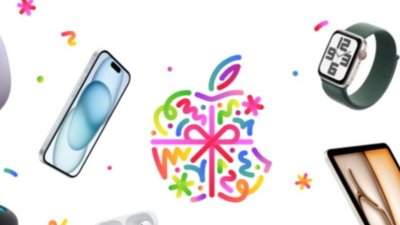Rather than waiting until 2018, Apple could introduce eye-scanning technology to securely identify users next year, if a new supply chain rumor is to be believed.
Citing a translation from a Chinese-language publication, DigiTimes reported on Wednesday that Taiwan's Xintec is expected to receive orders for iris-recognition chips in 2017 for Apple's next-generation iPhone. Xintic is an affiliate of Taiwan Semiconductor Manufacturing Co., which produces A-series chips for Apple's iPhones, iPads and more.
Some earlier reports had suggested iris scanning technology might not debut in Apple's iPhone lineup until 2018. But the latest report suggests Apple is looking to adopt such technology on a more aggressive timetable.
Analyst Ming-Chi Kuo of KGI Securities said back in March that he expects both iris and face scanning biometric technology to debut in Apple's 2017 iPhone. It's rumored that next year's handset will be a complete redesign, boasting a larger, curved 5.8-inch OLED display and an all-glass chassis that will ditch the home button.
Supply chain reports like Wednesday's claims about Xintec should always be taken with a grain of salt, as information from Apple's vast network of suppliers is frequently inaccurate. However, key industry trends and new directions for Apple products have been pinpointed via such reports on numerous occasions.
Iris scanning is one of the key features of Samsung's latest flagship "phablet" device, the Galaxy Note 7, unveiled earlier this month. While not yet fully implemented into Samsung's TouchWiz operating system, the iris scanning technology is intended to serve as an authentication method for Samsung Pay.
Apple owns a number of patents covering secure facial recognition technology, including a patent that relies on 3D rendering for increased levels of accuracy. The company also recently acquired facial recognition specialist Emotient and realtime 3D rendering firm Faceshift.
For now, secure logins on the iPhone and iPad are accomplished via fingerprint scanning technology in the home button, branded by Apple as Touch ID. The quick and secure nature of Touch ID has become a defining characteristic of Apple's mobile devices, with competitors failing to offer comparable performance.
There have been rumors that Apple, in its quest to rid the world of too many buttons, is looking to eventually eliminate the home button on the iPhone, allowing for an edge-to-edge interactive display. Of course, removing the home button would create new issues for Touch ID, potentially moving the fingerprint scanning technology to the display itself.
The introduction of iris scanning technology could be paired with Touch ID, or could potentially replace it entirely on a handset without a home button. Other obvious applications for iris scanning would also apply to security on Apple's other devices, including the iPad and Mac.
 Neil Hughes
Neil Hughes















 Andrew Orr
Andrew Orr
 Amber Neely
Amber Neely

 William Gallagher
William Gallagher


 Christine McKee
Christine McKee
 AppleInsider Staff
AppleInsider Staff








21 Comments
Curved screens and iris scanners are gimmicks. Gimme high-fidelity mics so Siri understands me more. Gimme losslees wireless music.
I really don't think so. Apple has put a lot into Touch ID ($400 million to acquire that Israeli company + 2 years of R&D), and nothing more than Touch ID is truly needed on iOS devices. That's the real gaping hole in this rumor. It's just not needed.
Blech.Why would anyone want an iris scanner, especially with the speed the phone unlocks already on the 6S? Don't stare directly into the scanner! That's actually what Samsung says.
I would immediately turn that feature off if it was implemented.